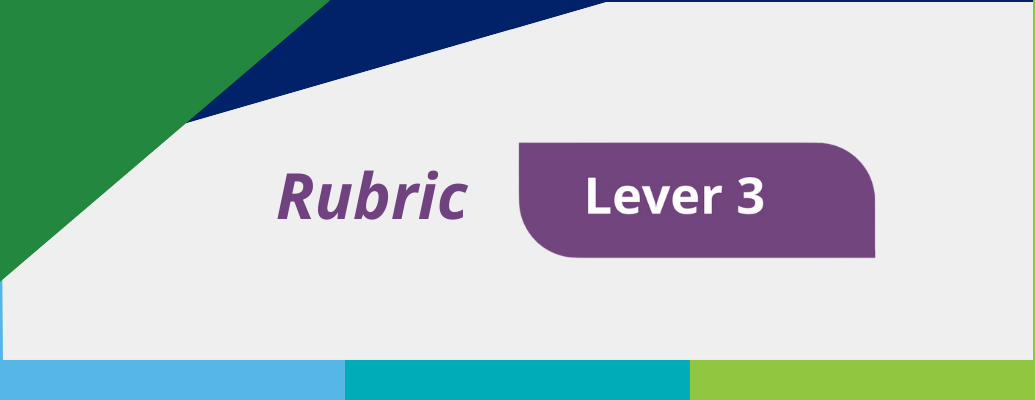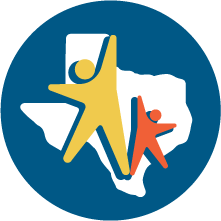
ESSENTIAL ACTION: Proactive staff recruitment, continuous professional development, and data-driven targeted PD plans based on DLI program goals.
The school uses the district’s system for recruitment and assignment for teachers.
Individual teachers may reach out to their network to recruit.
The school uses the district’s criteria, protocols, and induction program. The interview process provided by the district is used. Some questions are asked in the partner language.
There is proactive recruitment of bilingual certified teachers for the school overall.
There are two or three modified hiring practices for the program (i.e. criteria, induction, protocols).
The interview process includes bilingual personnel with some specific dual language questions, but the process overall focuses on general education.
Ongoing and proactive recruitment strategies that include many sources for high-quality candidates. Purposeful recruitment of classroom, special education,
elective teachers, and substitutes with bilingual certification before hiring ESL teachers.
Clear selection criteria, protocols, hiring, and induction processes for DLI teachers.
An interview process that includes committees with bilingual personnel, a purposeful interview protocol and performance tasks focused on dual language
immersion and asset-based values given in both languages.
Teacher placements are primarily driven by credentials.
Administrators and coaches provide useful feedback on instruction that may not be specific to a dual language program.
There is some strategic placement of teachers. The criteria are not clear to all.
Some of the administrators and coaches have a deep knowledge of dual language and provide specific feedback on the program.
Strategic teacher placements based on student needs, teacher strengths, credentials, and commitment to the program with a recognition of the
importance of the primary grades for for academic and language development in both languages.
Administrators and coaches have a deep knowledge of dual language education, bilingual certification, and a high level of commitment to program goals.
The school adopts the district’s strategies for supporting and retaining staff.
There is a congenial workplace with little conflict, but limited collaboration
The campus leader implements personalized strategies to support and retain staff.
There is a positive workplace climate. Staff works together to gather biliterate resources for the program.
Campus and district leaders implement targeted and personalized strategies to support and retain staff, including competitive stipends for bilingual staff.
A positive workplace climate where all staff are valued, celebrated, and appropriately supported in carrying out their work, including appropriate biliterate resources for effective implementation of the dual language program.
District-wide communication is the main way programs are communicated.
Data is available about under or over-identification, but the analysis is sporadic.
Few, if any, programs have support staff and teachers who are bilingual.
Opportunities for other programs are included in school-wide communications (i.e. newsletters, announcements).
Annually data is reviewed to ensure there is not over or under- identification of students in specialized programs.
Some programs have support staff and teachers who are bilingual.
Purposeful encouragement of students to access other special programs, such as gifted/talented education, special education, and counseling.
Monitoring of data to ensure there is not over representation or under- identification of students in any specialized program such as special education.
Bilingual teachers and other support staff provide specialized program services when appropriate.
The school gives professional development provided by the district or a general education provider.
Professional development occasionally includes modeling, practice, and reflection.
The professional development plan is one year.
Board members and administrators must identify their own professional development
There is regular school-wide professional development provided monthly to all adults.
Professional development usually includes modeling, observation and feedback, data, and reflection within the meeting time.
The professional development plan covers 1-2 years.
There is optional professional development on dual language to board members and administrators.
Job-embedded professional development given regularly to dual language teachers, general education, special education teachers and all adults providing instruction.
Professional development consistent with best practices for adult learning and includes deliberate modeling, observation and feedback cycles, data, and self-reflection.
A three-year plan for professional development differentiated by teacher experience.
Professional development focused specifically on the administrator role regarding the best practices of dual language for board members, administrators, and others in a position to make decisions about the dual language program.
There is limited coordination between the programs, but often after the general education plans are created.
Cross-collaboration rarely takes place.
There is consistent coordination between the general education and dual language program in at least three of these areas: planning, offering professional development, allocating resources, and providing access to electives, interventions, and accelerations.
Cross-collaboration is supported when teachers initiate it.
Coordination considers a view of all students’ needs, including those in a dual language program. This includes planning, offering professional development,
allocating biliterate resources and providing access to electives, differentiating strategies, and accelerations.
There is a system in place for cross-training, cross-collaboration, and communication between general education and DLI teachers.
